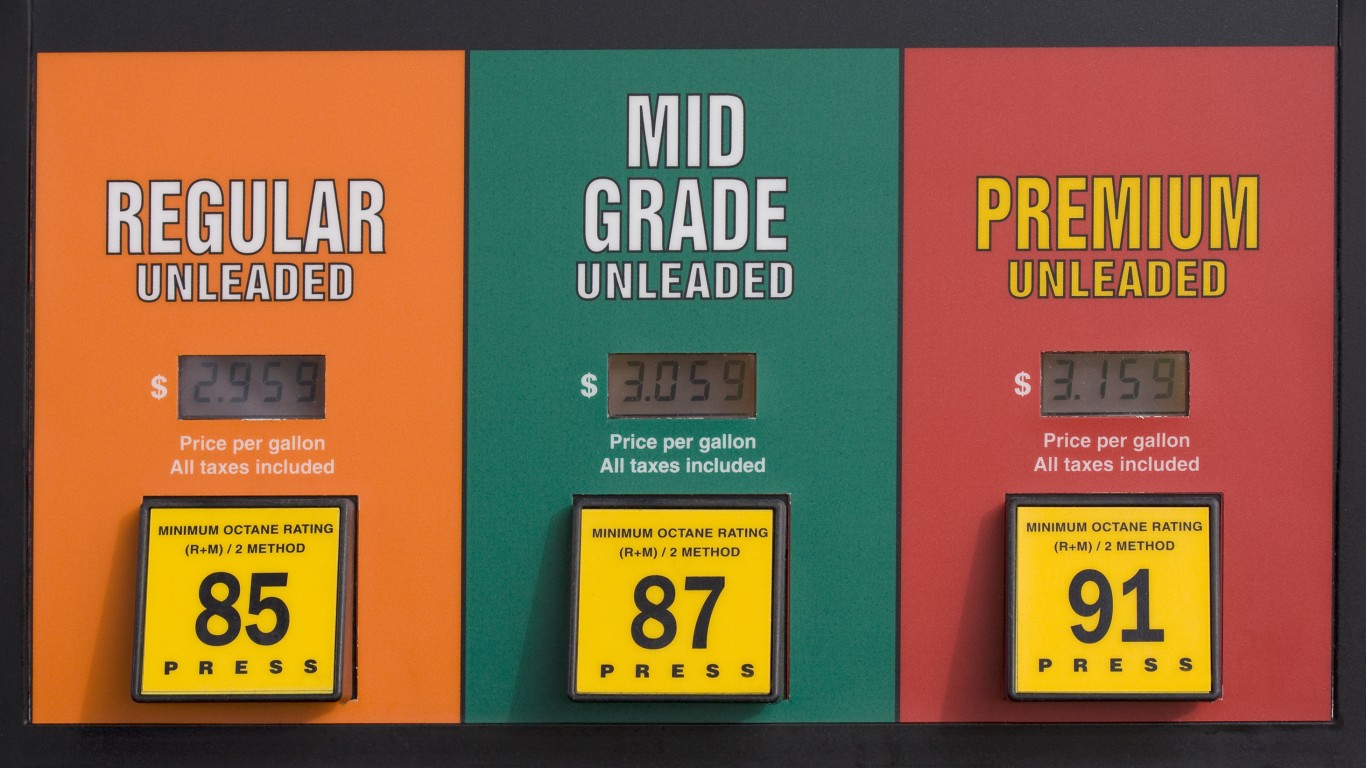
Total gasoline inventories remained unchanged last week and are well above the upper limit of the five-year average range. Total motor gasoline supplied (the EIA’s measure of consumption) averaged over 8.7 million barrels a day for the past four weeks, up by 4% compared with the same period a year ago.
Distillate inventories decreased by 1.7 million barrels last week and remain in the lower half of the average range. Distillate product supplied averaged over 4.2 million barrels a day over the past four weeks, up by 16.8% when compared with the same period last year. Distillate production averaged more than 4.6 million barrels a day last week, down about 100,000 barrels a day compared with the prior week’s production.
Tuesday evening, the American Petroleum Institute (API) reported that crude inventories rose by 2.9 million barrels, gasoline inventories rose 530,000 barrels and distillate inventories fell 296,000 barrels in the week ending February 27. For the same period, analysts had estimated an increase of 3.7 million barrels in crude inventories, a drop of 1.7 million barrels in gasoline stockpiles and a decline of 2.2 million barrels in distillate inventories.
ALSO READ: As Rig Count Falls, Hedge Funds Pile Into Long Crude Futures
Before the EIA report, West Texas Intermediate (WTI) crude for April delivery was trading up about 0.3% at around $50.50 a barrel Wednesday morning. The WTI price dipped to around $49.90 (down about 1.3% for the day) immediately after the report was released. The 52-week range on WTI futures is $44.37 to $99.53.
For the past week, crude imports averaged 7.4 million barrels a day, up by 89,000 barrels a day compared with the previous week. Refineries were running at 86.6% of capacity, with daily input of more than 15.1 million barrels, about 130,000 barrels a day below the previous week’s average.
Crude prices bounced off a low below $48 last Thursday before climbing back to around $51 a barrel by early Wednesday morning. The large build in the crude inventory, combined with the decline in refinery utilization, pushed prices down and there prices should stay until demand picks up.
The United Steelworkers Union and Royal Dutch Shell PLC (NYSE: RDS-A) are scheduled to resume negotiations with the United Steelworkers Union on Wednesday. A strike at 15 facilities, including 13 refineries, has entered its second month.
More turmoil in Libya as attackers hit two of the country’s oil fields on Tuesday and the Islamist group Dawn launched an air raid on the country’s Sidra oil terminal. Ironically, Libyan production hit 500,000 barrels a day last week as electrical damage to the country’s largest field, Sarir, was repaired.
According to AAA, the current national average pump price per gallon of regular gasoline is $2.451, up from $2.328 a week ago and from $2.111 a month ago. Last year a gallon of regular cost $3.46 on average in the United States.
ALSO READ: Sustainable Energy Taking a Larger Role in U.S. Economy
Here is a look at how share prices for two exchange traded funds reacted to the latest EIA report.
The United States Oil ETF (NYSEMKT: USO) traded down about 0.9%, at $18.32 in a 52-week range of $16.30 to $39.44.
The Market Vectors Oil Services ETF (NYSEMKT: OIH) traded down about 1.5%, at $34.39 in a 52-week range of $31.63 to $58.01.
Thank you for reading! Have some feedback for us?
Contact the 24/7 Wall St. editorial team.




